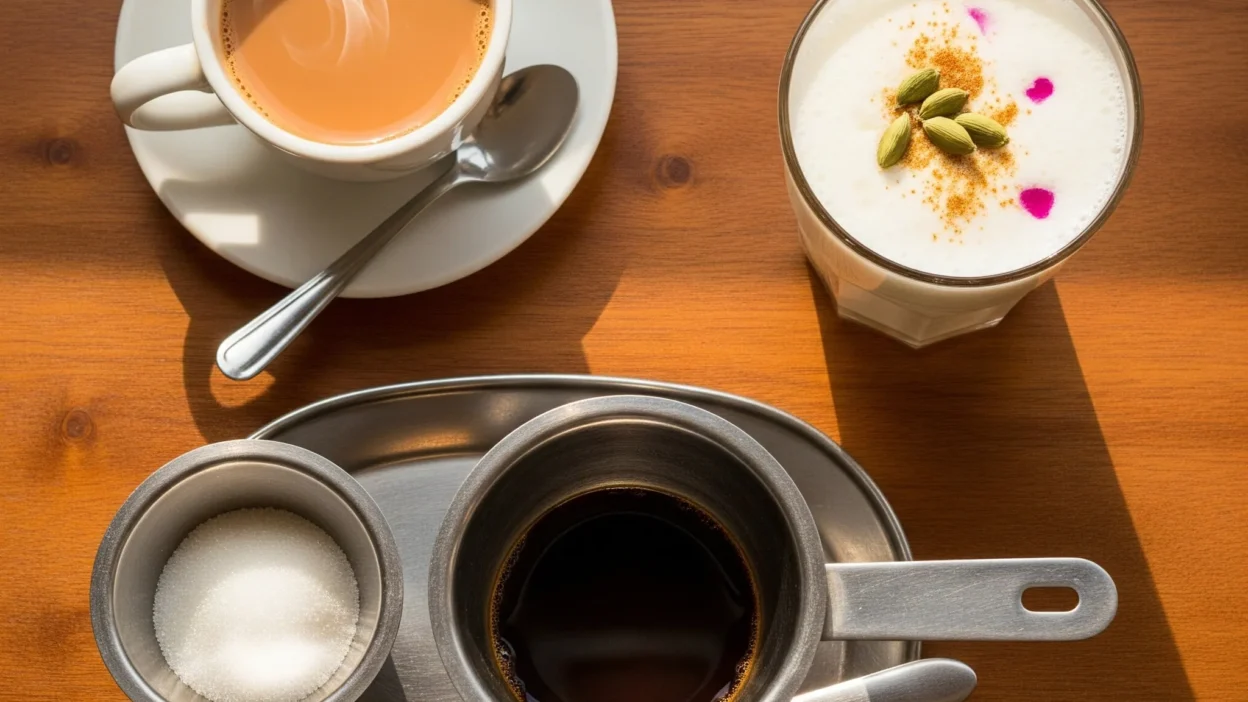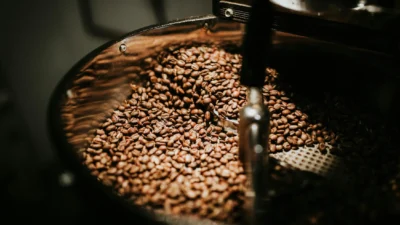More Than a Drink: Your Guide to Iconic Indian Beverages
Imagine the spicy aroma of cardamom and ginger filling the air, or the cool, sweet relief of a yogurt drink on a hot day. In India, a beverage is rarely just a simple thirst-quencher. It’s a ritual, a conversation starter, and a thread woven deep into the cultural fabric. This is your guide to iconic Indian beverages, a journey beyond the recipes to uncover the stories behind every sip.
Whether you’re curious about the difference between tea and chai or wondering about India’s unique coffee culture, you’ve come to the right place. So, let’s explore the three pillars of the Indian drink world: Chai, Coffee, and Lassi.
The Soul of India: Understanding Chai Culture
First things first: in India, “chai” simply means tea. But asking for “chai tea” is redundant. When you order chai from a street vendor or in a home, you’re getting masala chai—a brew that is worlds away from a simple teabag in hot water. This is one of the most beloved iconic Indian beverages.
While the British introduced tea cultivation to India, Indians transformed it into something uniquely their own. They took strong black tea and simmered it with milk, sugar, and a blend of aromatic spices known as masala. Consequently, every family has its own secret spice mix, but common ingredients include cardamom, cloves, cinnamon, ginger, and black pepper. This isn’t just a drink; it’s a welcome to guests, a break from work, and the fuel for endless conversations.
Ready to make it yourself? Check out our detailed blog on Masala Chai.
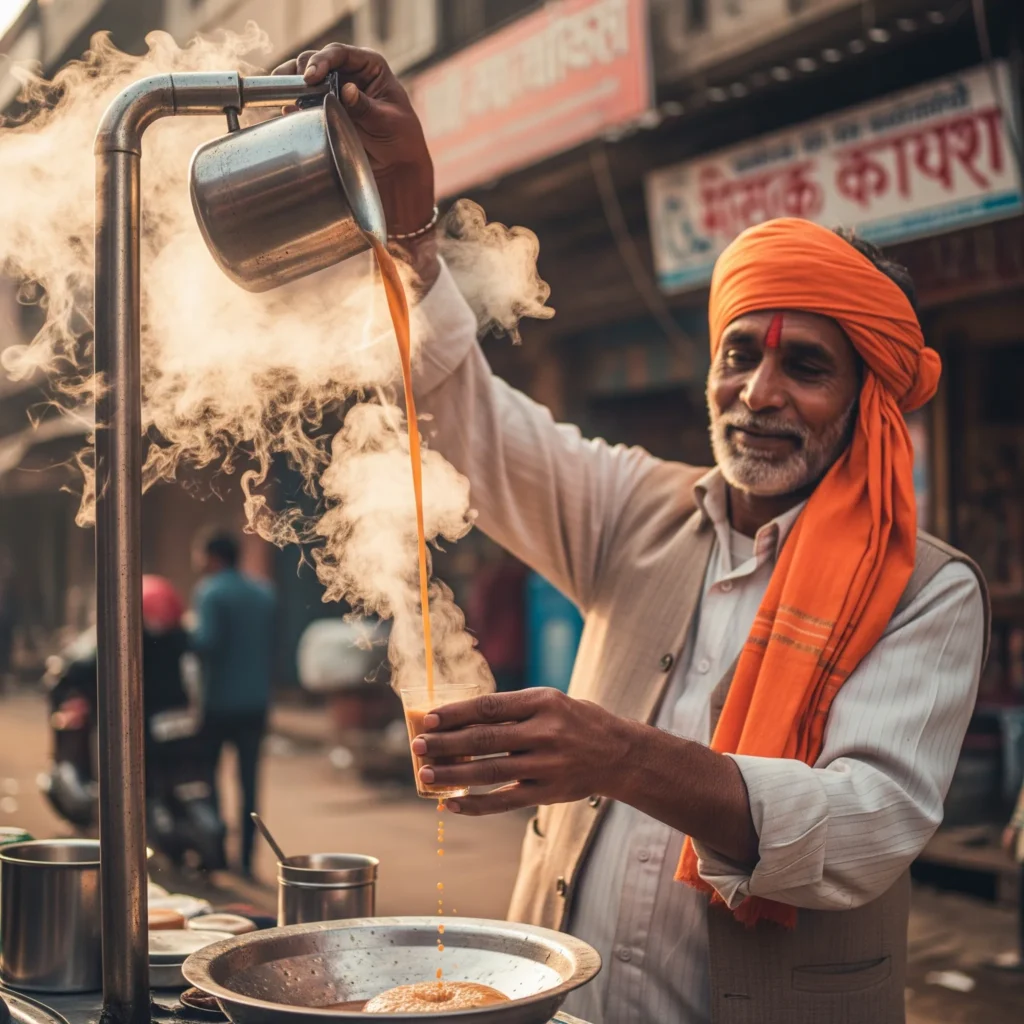
South Indian Filter Coffee: A Unique Brewing Tradition
While chai dominates much of the country, the south of India often runs on a different fuel: a strong, sweet, and frothy coffee known as filter kaapi. This is India’s answer to the global coffee craze, with a history and ritual all its own.
Unlike espresso, brewers make traditional South Indian filter coffee using a special metal device with two cylindrical chambers. They pack finely ground coffee, often blended with chicory, into the top chamber and pour hot water over it. The water slowly percolates through, creating a very potent, thick coffee concentrate called a decoction.
To serve it, they add hot, frothed milk and sugar to the decoction. Finally, they cool and mix the coffee by pouring it back and forth between a tumbler and a wide bowl (dabara) in a spectacular, arm-stretching display.
For more on its origins, you can explore the history of coffee cultivation in India at the Coffee Board of India website.
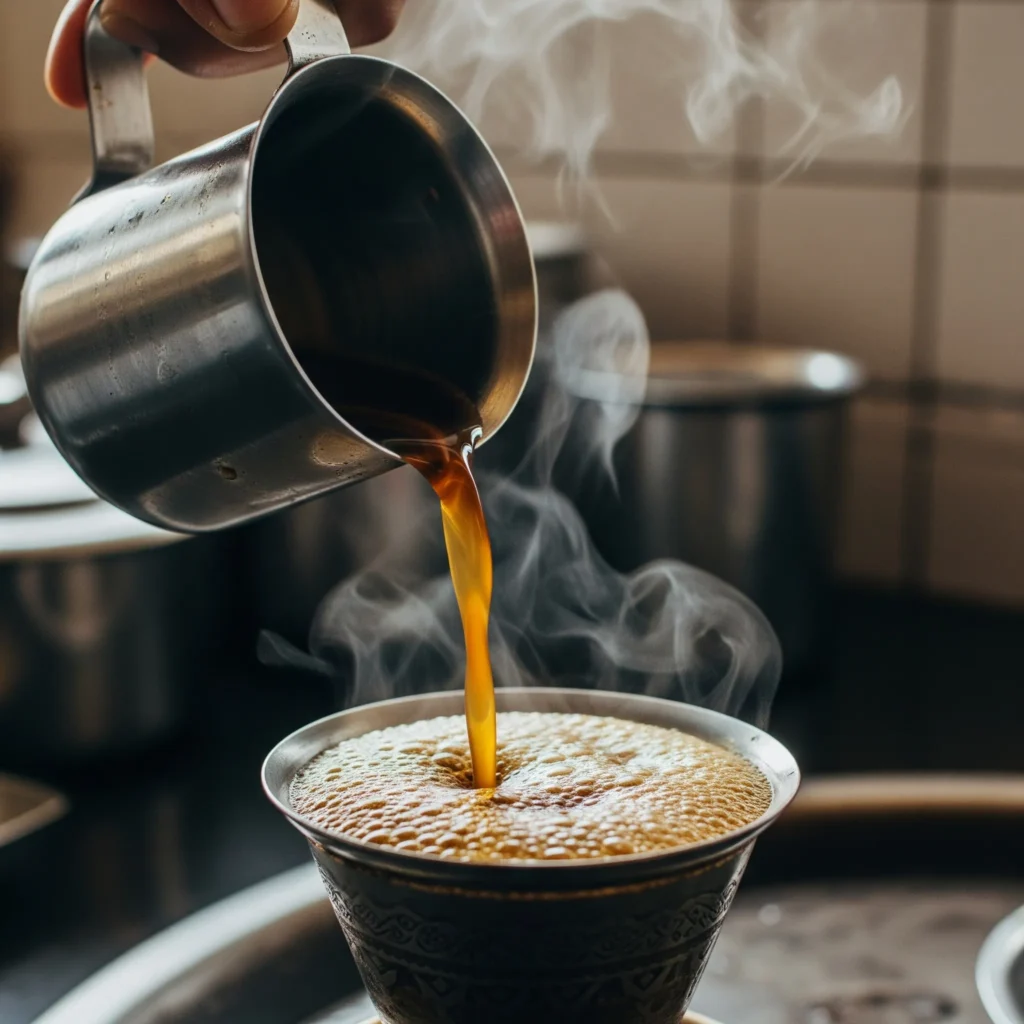
Exploring Lassi: The Classic Cooling Beverage
When the Indian sun beats down, nothing provides relief quite like a lassi. This classic yogurt-based drink, originating from the Punjab region, is the ultimate cooler. At its core, lassi is a simple blend of yogurt, water, and spices, but from there, it branches into delicious variations. It stands proudly among iconic Indian beverages for its refreshing qualities.
The two most traditional types are:
- Sweet Lassi: Yogurt blended with sugar or fruit. Mango lassi is a globally famous variation, but you can find it made with almost any fruit.
- Salty Lassi (Chaas): A thinner, more savory version blended with salt and often spices like roasted cumin powder and fresh mint. People enjoy it as a digestive aid alongside meals.
Lassi is more than a smoothie; it’s a staple of North Indian cuisine that perfectly balances the region’s rich, spicy foods.
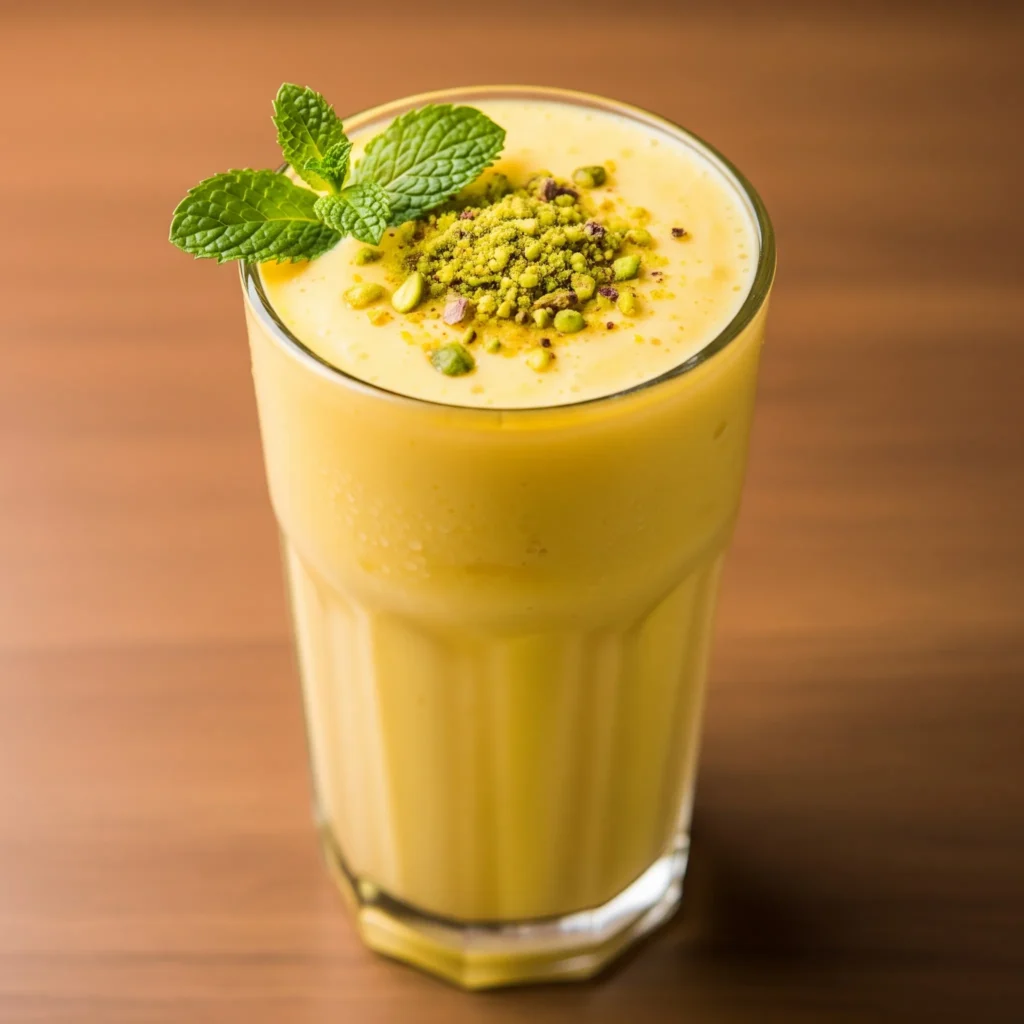
The Culture in Every Cup
From the communal spirit of a shared pot of chai to the meticulous ritual of filter coffee, these drinks are windows into the soul of India. They tell stories of history, agriculture, and daily life. So, the next time you enjoy one of these iconic Indian beverages, take a moment to appreciate the rich culture you’re tasting in every single sip.


